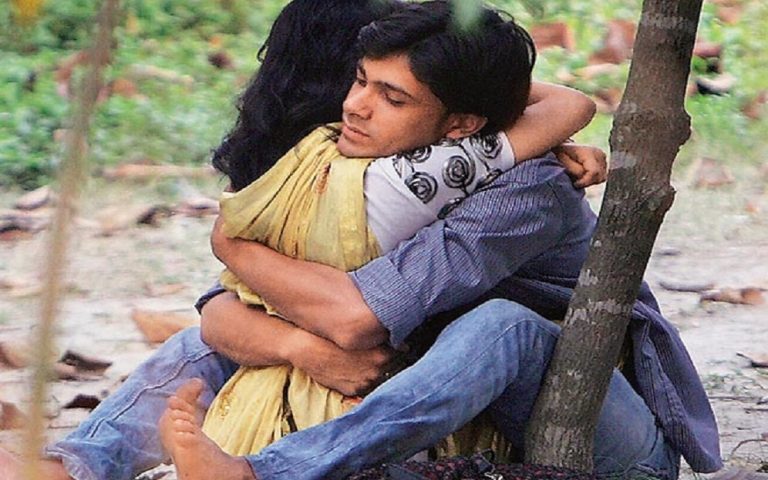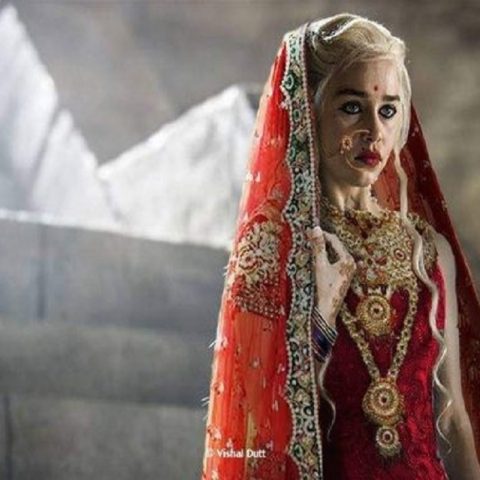The black ink; it is a color without any color, with multiple personalities.
Some are afraid of the people with it, some love it, some associate it with deep emotional significance and some fear it to be some sort of devilry.
Looks pretty darn cool on men though, doesn’t it?
On a woman? Nah, she is just seeking attention and is rebelling without a cause.
Did you know that from being used as a sign of status to jewelry-like markings, tattoos have been around in India since the ancient times?
The bodies of both men and women have been adorned with tattoos for various reasons like mystery, beauty, protection, magical symbols and markings, to glamorize them or to deglamorize them. The geography extends from the north-eastern India to Gujarat.
How did it come that from the acceptance of having a tattoo in our culture we came to a place where women started getting a character certificate (of any sort) because of a tattoo?
“In the early 20th century in some western countries, tattoos were stigmatized (even illegal in some jurisdictions) because of their association with raunchy male imagery. Middle-class women who were tattooed knew they would be considered ‘loose’ or seedy if they showed their marks.”
It seems to be that we as a society are either still stuck in the early 20th century or have just arrived in the early 20th century. A recently published third edition of a book about body art, Bodies of Subversion: A Secret History of Women and the Tattoo by Margot Mifflin (powerHouse Books) circles around the same thing which is subversion; “women should be pure, that their bodies should be concealed and controlled, and that ladies should not express their own desires, which is implicit in the very act of permanently marking the skin with imagery that reflects individual tastes.”
In the west, tattooed women are not associated with subversion anymore and instead they consider themselves as a canvas for their artistic expression.
Now if you tell me, “hey, it’s a western thing,” then let me re-direct you to the beginning of this article and remind you that India goes way back to the ancient times when it comes to black ink.
We need to break this stereotype among the people and accept this art form as just an artistic expression, instead of associating it with the character of the Indian woman.
Seems like a small dot in the bigger picture doesn’t it? But I know how many women would like to embrace this art not just as a canvas, but as artists themselves. This ‘small dot’ is a drop in the ocean of many stereotypes that we as a society need to do away with, because the only dot that is actually accepted for women traditionally is the one between the eyes.
Tattooing actually is a part of our culture (yes it is no matter how much you disagree), else, again go back to the beginning of the article and do a little research on it. I see how women get gaped upon when they walk on the market or the street with their markings showing, eyes scanning them top to bottom with a creepy smile.
Why the hypocrisy of getting yourself done and labeling the woman if she got her own? What is the big deal if it shows?
In regard to arrange marriages in India, this is a huge thing. Many men do not respect women with tattoos, assuming they are loose, too modern and impure. It’s just art isn’t it? Only the canvas is different, right?
I hope to see the day when people can just be who they are, whether they are homosexual, colored, straight, artistic, musicians…anything they want to be.
India is known for its heterogeneity and diverse richness, however; we are still miles away from characterizing and re-characterizing women on small things like tattoos on such a huge magnitude.
So, taking your little sister to get inked?






